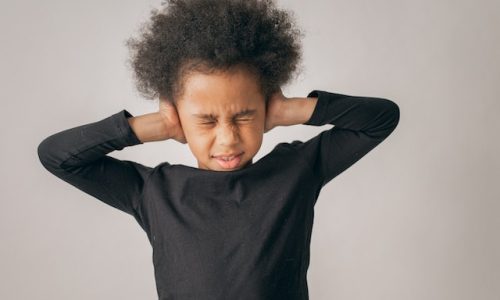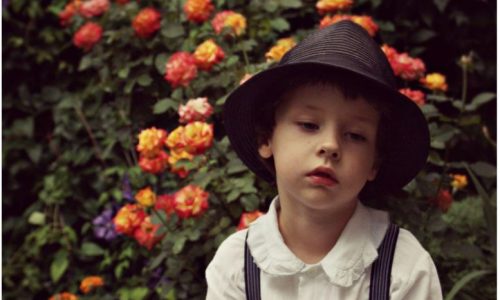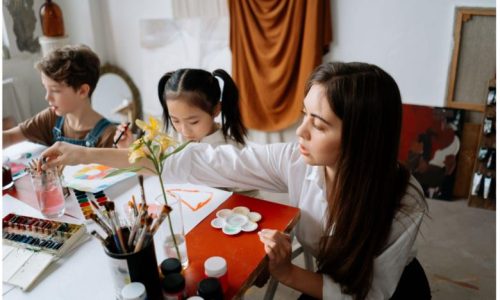Main ideas
- Learners should be able to identify the signs of PTSD in pupil’s caregivers, through the direct interaction with the pupil. The caregiver due to their age will have conscious recall of the traumatic events.
- When the caregiver consciously recalls or something reminds them of the traumatic event, their biological, physical and emotional response has the capacity to trauma trigger the person with Developmental Trauma.
- For that very reason, learners should be aware of how trauma pattern works especially in the case of Developmental Trauma (under 7) where the person who is being exposed to their caregiver’s traumatic response pattern also.
- Therefore, they should learn to communicate in a way that will not trigger the caregiver or the pupil, given that the migration background can easily bring in their mind bruising experiences of the past.
- Learners will also need to know how they can prevent the appearance of PTSD and which are the existing socio-empathetic strategies that can actually support the recovery from PTSD.
Learning Outcomes
After completing successfully this Learning Unit, participants are going to be able to:
- Build a secure communicational environment by applying the most appropriate communication approach, it is of major importance to refrain from triggering their trauma through words. In this way both the pupil and the caregiver can speak openly and eventually manage to handle the painful experiences without them being psychologically damaged.
- Support traumatized pupils of caregivers suffering from PTSD.
- Describe the signs which may be reminiscent of PTSD in adults.
- Identify which kind of experiences can be perceived as traumatic in somebody’s life.
Course Features
- Lectures 6
- Quizzes 1
- Duration 10 weeks
- Skill level All levels
- Language English
- Students 1
- Certificate No
- Assessments Yes






